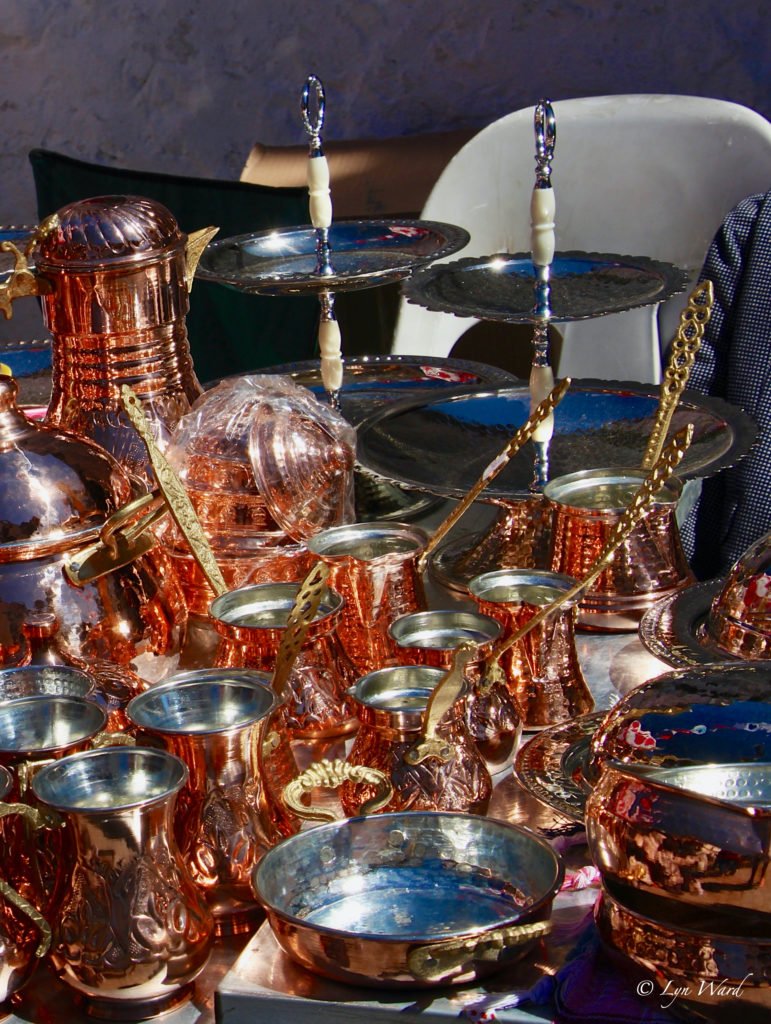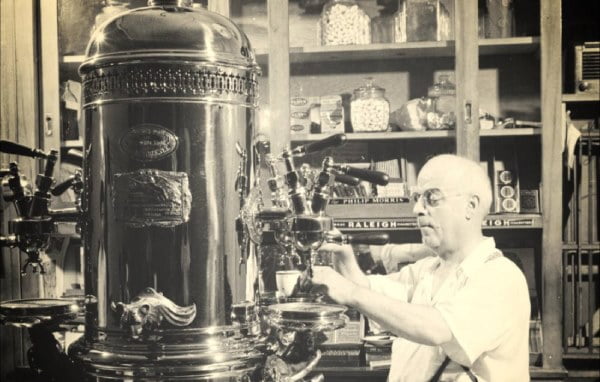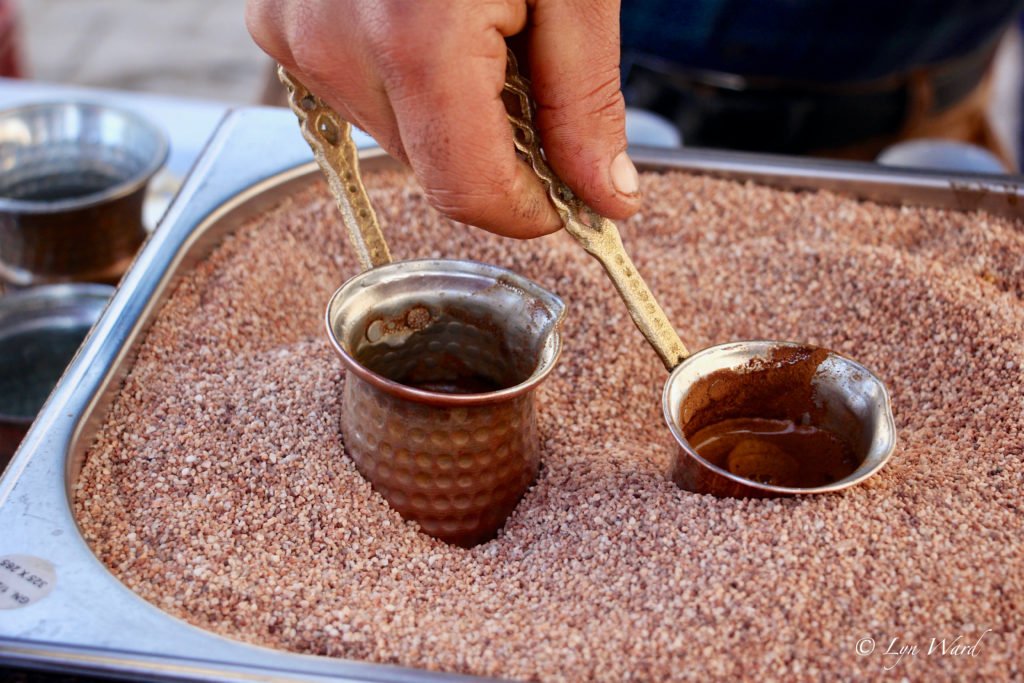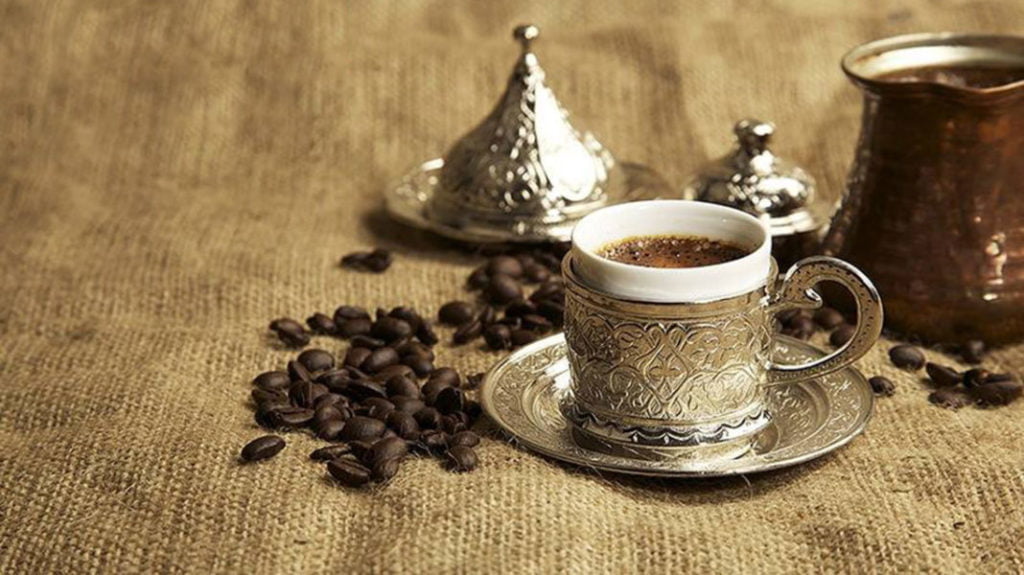Caffeinated sorcery that begins with the aroma, hitting your nostrils and cranking your heartbeat up a notch to two
The regard given to coffee in Türkiye is expressed in the saying “Bir fıncan kahvenin kırk yıllık hatırı vardır” (One cup of coffee assures – and is worth – 40 years of friendship).
The history of coffee
Coffee came to Türkiye around the 10th century, brought from Ethiopia and Syria, but it didn’t gain popularity for 500 years or so.
Istanbul was introduced to coffee in 1555 during the reign of Sultan Suleiman the Magnificent by Özdemir Pasha, the Ottoman Governor of Yemen, who had grown to love the drink while stationed in that country.
By the mid-16th century, coffee houses were well established in Istanbul and no party or banquet was complete without the delicious brew.
Various party-poopers tried to ban coffee and its brother-in-arms, tobacco, but both became such an entrenched part of Turkish life that prohibition attempts were abandoned.
In the Ottoman palace, a new method of drinking coffee was discovered: the beans were roasted over a fire, finely ground and then slowly cooked with water on the ashes of a charcoal fire. With its new brewing method and aroma, coffee’s renown soon spread even further afield.

Coffee soon became a vital part of palace cuisine and was very popular in court. The position of Chief Coffee Maker (kahvecibaşı) was added to the roster of court functionaries. The Chief Coffee Maker’s duty was to brew the Sultan’s or his patron’s coffee, and he was chosen for his loyalty and ability to keep secrets. The annals of Ottoman History record a number of Chief Coffee Makers who rose through the ranks to become Grand Viziers to the Sultan.
Coffee soon spread from the palace to grand mansions, and from grand mansions to the homes of the public. The people of Istanbul quickly became enamoured with the beverage. Green coffee beans were purchased and then roasted at home on pans. The beans were then ground in mortars and brewed in coffeepots known as “cezve”.


Most of the general public became acquainted with coffee through the establishment of coffeehouses; the first coffeehouse (named Kiva Han) opened in the district of Tahtakale in 1475 and others rapidly cropped up all over the city.
Coffee was of such great importance then that Turkish law deemed it legal for a woman to divorce her husband if he failed to provide her with her daily cup!
Coffeehouses

Coffeehouses and coffee culture soon became an integral part of Istanbul social culture; people came here throughout the day to read books, play chess and backgammon and discuss poetry and literature.
Kıraathane (reading rooms) were very popular in Istanbul in the 19th century, providing both coffee and newspapers for their all-male customers. Each kıraathane had a distinct clientele; one was for actors, another for mechanics, another for lawyers. They were gathering places, meeting halls, dens of gossip and networking.
Today, the coffeehouses continue to be a place where men gather to socialize, talk politics, and play backgammon over cups of coffee or tea.
How to Cook Turkish Coffee
Turkish coffee is prepared in a cezve, a special small pot with a long handle that is traditionally made of copper.
For one cup of Turkish coffee, combine one cup of water (the size of the coffee cup) and two full teaspoons of coffee. Since sugar is never added after the coffee is cooked you have to add sugar into the cezve (two sugar cubes for very sweet – şekerli, one for medium sweetness – orta, and none for the ones that like it bitter – sade). Once the coffee comes to a boil, let the foam rise and take it off the heat right before it’s about to spill, and this will guarantee that your coffee will have lots of foam. Traditionally, Turkish coffee without foam is simply unacceptable. Serving the coffee with a glass of water (and something sweet, preferably Turkish Delight) is also part of the ritual.

Here’s a video showing you how to make Turkish coffee
You’ll need:
- Small demi-tasse coffee cups
- a cezve – which is the Turkish coffee pot. These come in different sizes depending on how many coffees you want to make
- Turkish coffee
- Water
- Sugar (to taste)
When you’re out and about, you’ll still see Turkish coffee being cooked on hot sand.

UNESCO Intangible Cultural Heritage List
Turkish coffee’s special preparation, brewing techniques, and rich communal culture made it worthy of being inscribed in 2013 into UNESCO’s Intangible Cultural Heritage List.
A final word …
Don’t say no to an invitation to have coffee as it is considered rude to turn down the offer.
“Bir fıncan kahvenin kırk yıllık hatırı vardır”
Wherever you drink it, when you get a good strong Turkish coffee brewed with fresh grounds, it’s like imbibing energy and indulgence all at once.
Sources: World Food Turkey/Culture Trip
This article was first published on 12 February 2021.









2 responses
Never tried it but have seen it in supermarkets in packets is it the same?
Hi Debbie.
Yes.You will need a cezve to be able to make the coffee. You can follow the instructions in the video.